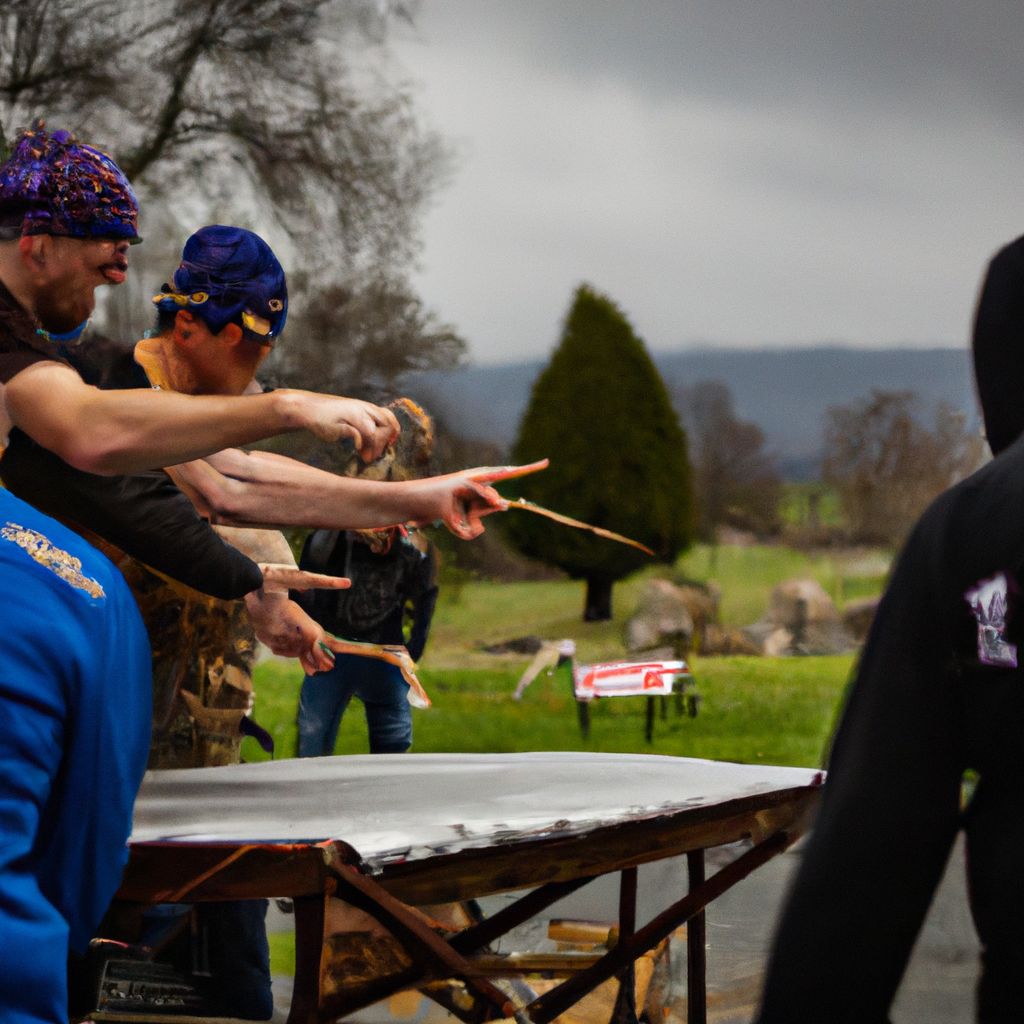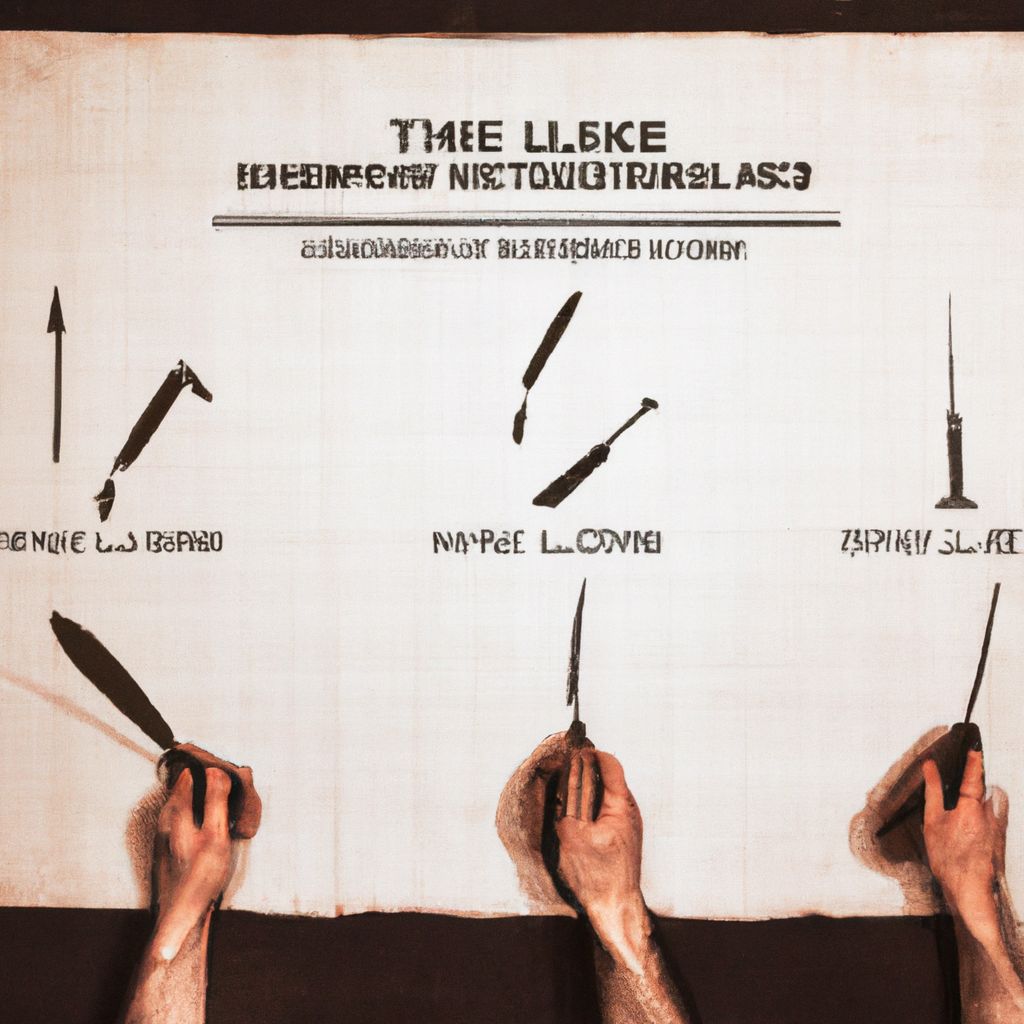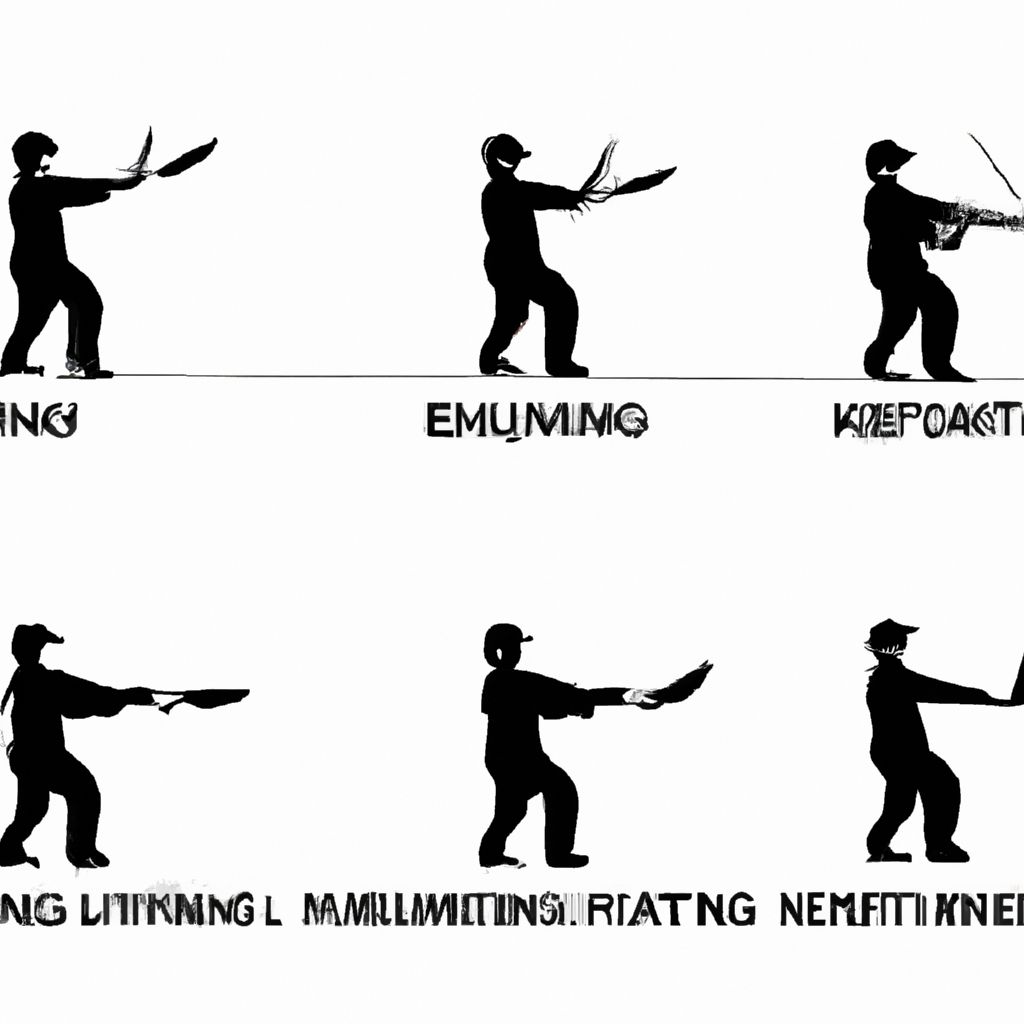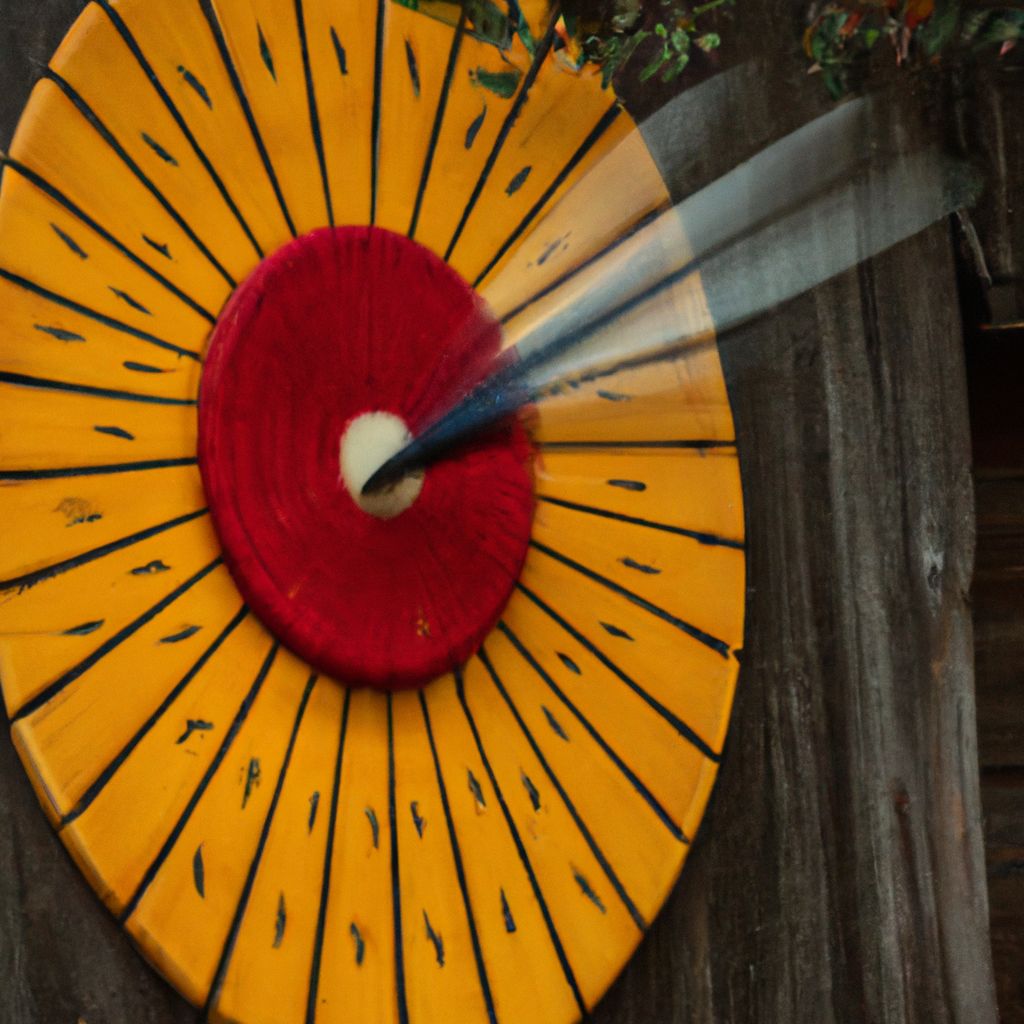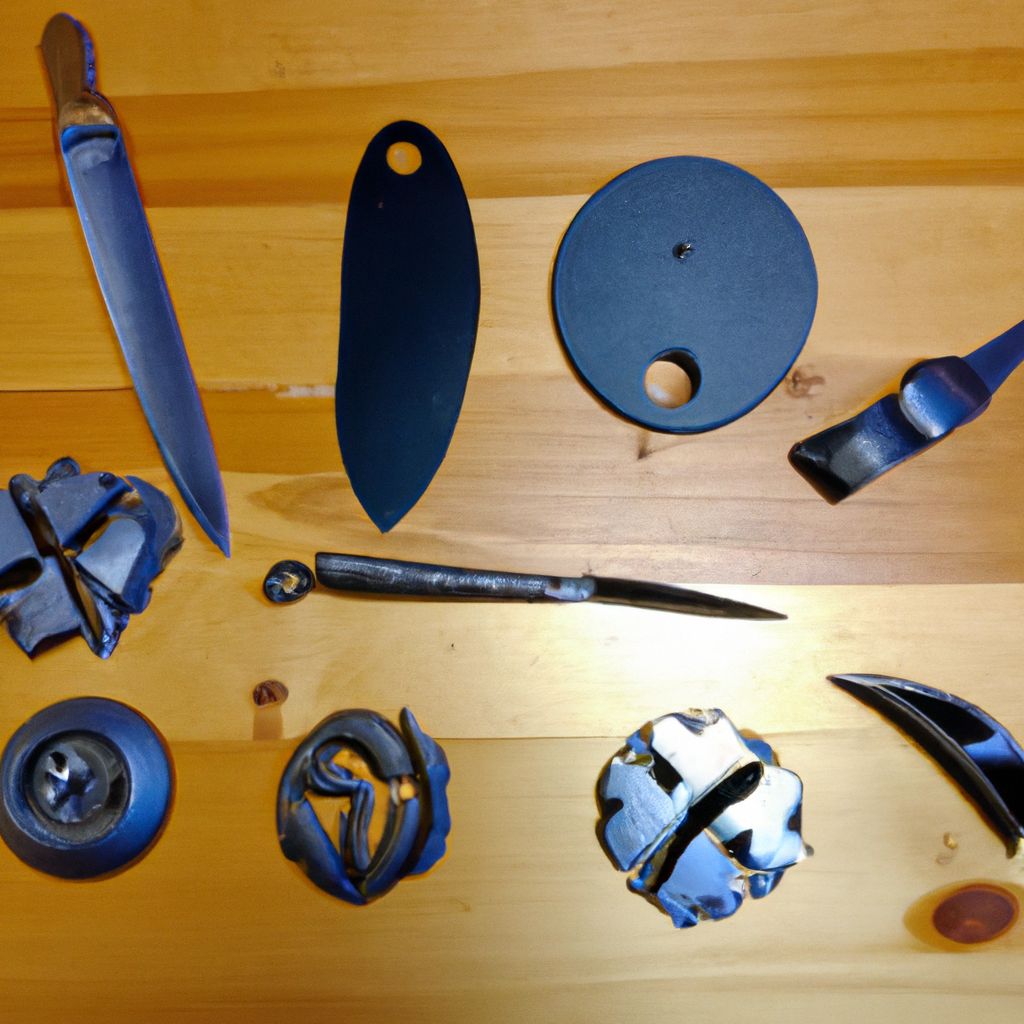- Introduction to Knife Throwing Competitions
- Understanding Knife Throwing as a Sport
- Training and Technique
- Popular Knife Throwing Competitions
- Interviews with Top Knife Throwers
- How to Get Involved
Introduction to Knife Throwing Competitions
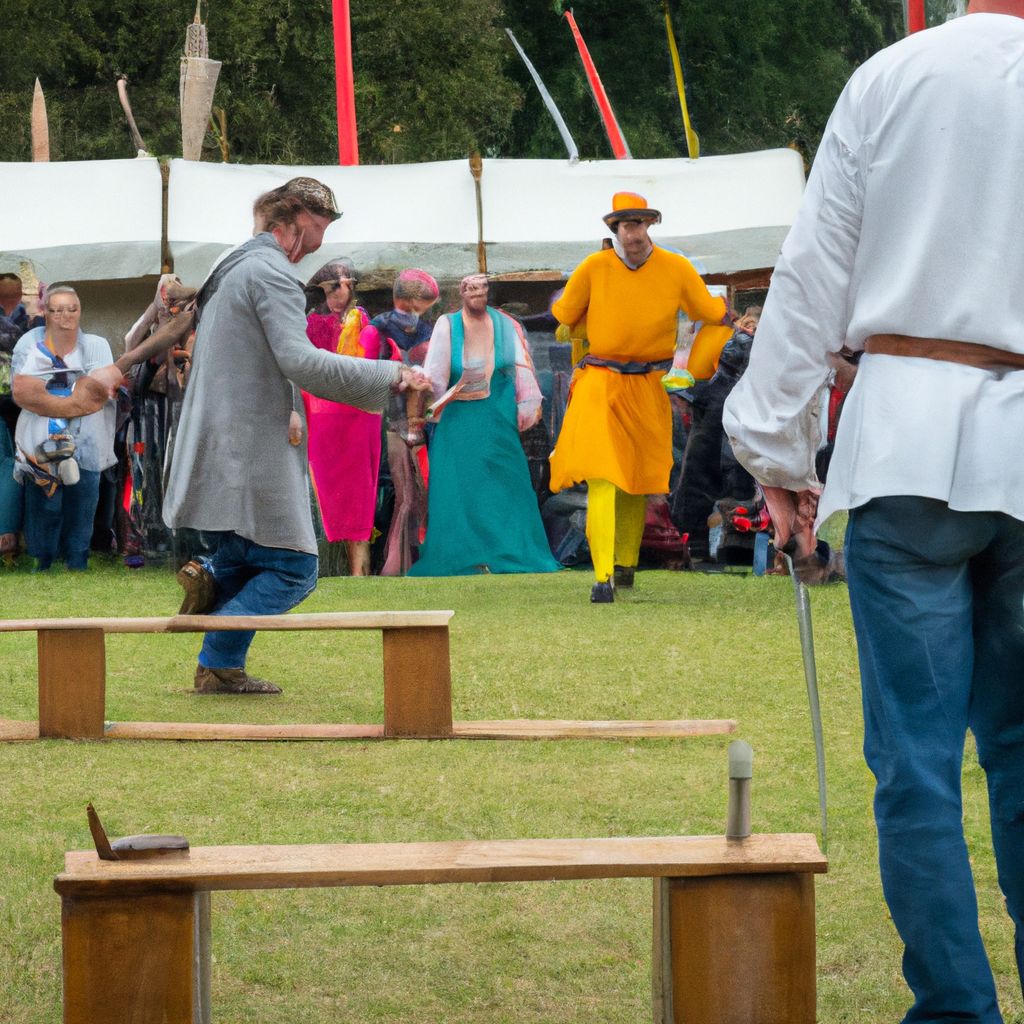
Knife throwing competitions are a unique sporting event where participants are tasked with throwing knives at a target. The origin of this sport can be traced back to prehistoric times when early mankind used throwing knives as hunting tools. However, it was only in the 19th century that knife throwing began to gain recognition as a competitive sport.
The sport's appeal lies in its unusual blend of precision, focus, and physical prowess. Competitors must exhibit not only strength, but also accuracy and consistency. Each throw requires a careful calculation of distance, force, and rotation.
According to the International Knife Throwers Hall of Fame (IKTHOF), the sport has seen a significant increase in global participation in recent years. The organization cites greater media coverage, enhanced safety standards, and the proliferation of local clubs and competitions as key factors driving this trend.
The rise in popularity of knife throwing competitions can also be attributed to its inclusive nature. Unlike many other sports, anyone regardless of age, gender, or physical ability can participate. This inclusivity, coupled with the thrill and satisfaction of mastering a complex skill, continues to attract new participants to the sport.
Understanding Knife Throwing as a Sport
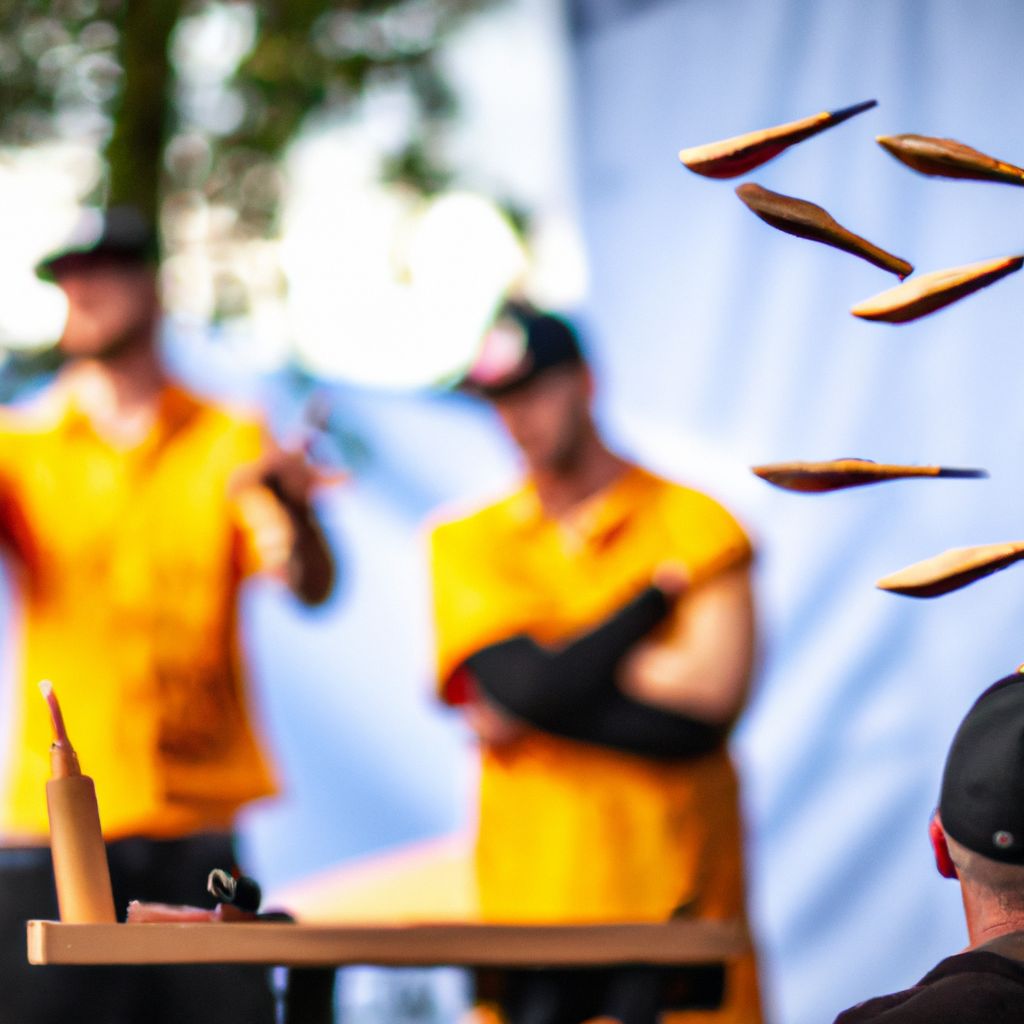
At its core, knife throwing is a sport of precision and accuracy. While it shares some similarities with other throwing sports such as javelin or dart throwing, it has its unique rules and complexities that set it apart.
One of the key differences lies in the scoring system. In most throwing sports, the objective is to hit a target. However, in knife throwing, the knife must not only hit the target but must also stick to it. If the knife hits the target but fails to stick, the throw is deemed unsuccessful and no points are awarded.
The rules of the sport are governed by the International Knife Throwers Hall of Fame (IKTHOF). According to the IKTHOF, competitors must throw from a minimum distance of 10 feet for knives. The throws are usually done in rounds of five, with points awarded based on where the knife lands on the target.
Different types of knives have different significance in this sport. The most commonly used knives in competitions are balanced knives and blade-heavy knives. Balanced knives have their center of gravity in the middle, making them suitable for both handle and blade throwing. Blade-heavy knives, on the other hand, have their center of gravity towards the blade, making them more suitable for handle throwing.
The choice of knife can greatly influence a competitor's strategy and throwing style. For instance, a balanced knife requires a different throwing technique compared to a blade-heavy knife. Having the right knife and knowing how to use it effectively is a crucial part of the sport.
Training and Technique

Like any other sport, becoming proficient in knife throwing requires regular training and practice. Professionals often devote hours each day to honing their throwing technique, developing their physical strength, and improving their accuracy and consistency.
There are several different throwing techniques used in this sport. The two most common techniques are the hammer grip and the pinch grip. The hammer grip involves holding the knife handle as if you were gripping a hammer, while the pinch grip involves pinching the knife between the thumb and the index finger. The choice of grip can influence the rotation and flight path of the knife.
Aside from grip, competitors also need to master their stance and throwing motion. A proper stance involves positioning the feet shoulder-width apart, with the non-throwing foot slightly forward. The throwing motion, on the other hand, should be smooth and fluid, with the arm extending fully towards the target.
Safety is paramount in knife throwing. Competitors are required to follow strict safety protocols, including wearing appropriate protective gear and ensuring that the throwing area is clear of spectators and other competitors. The knives used in competitions are also specially designed for safety, with blunt edges and tips to minimize the risk of injury.
Physically, knife throwing requires a combination of upper body strength, hand-eye coordination, and fine motor control. Despite these requirements, the sport is inclusive and can be adapted to accommodate competitors of all physical abilities.
Popular Knife Throwing Competitions
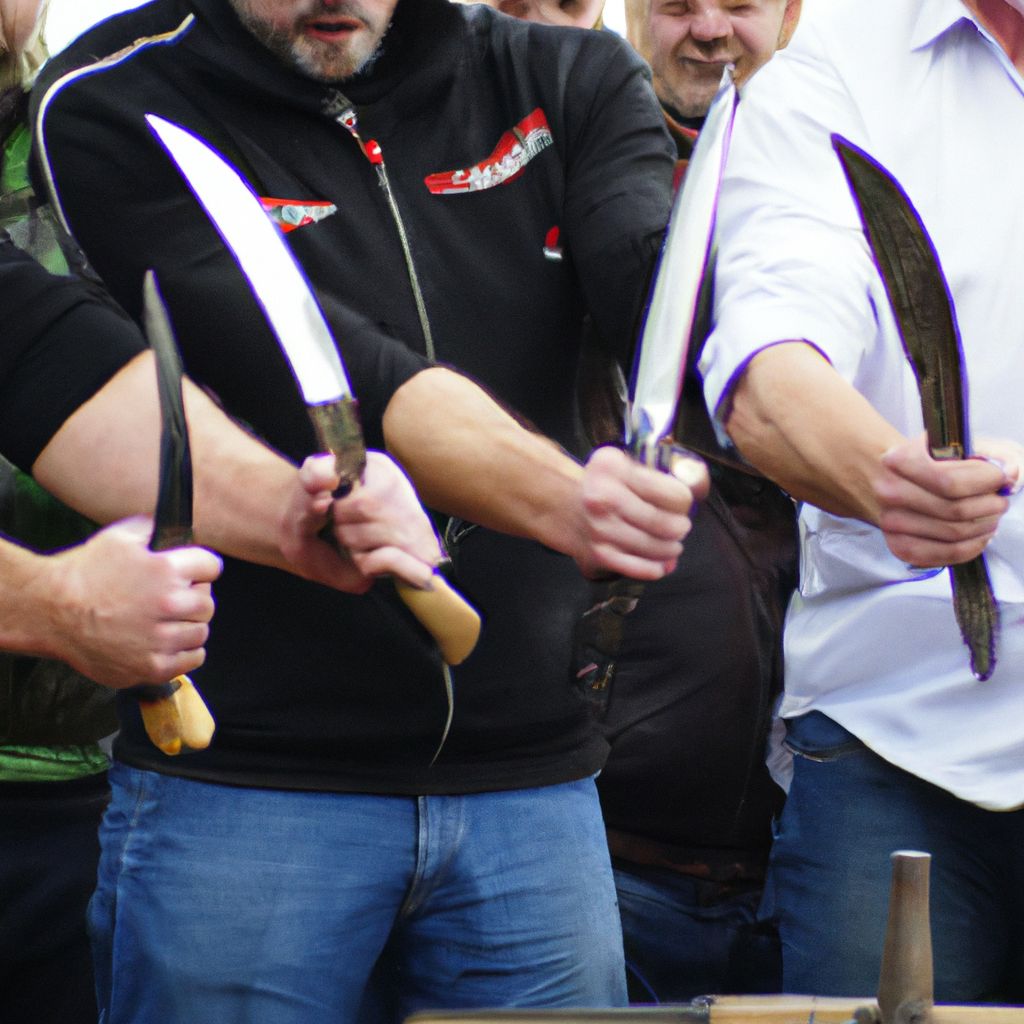
- World Championship Knife Throwing Competition
- The World Championship Knife Throwing Competition, organized by the International Knife Throwers Hall of Fame (
IKTHOF), is one of the most prestigious knife throwing competitions in the world. It attracts participants from all over the globe, who compete in a variety of categories including long distance and speed throwing. The competition is known for its high standards and rigorous judging criteria. Participants typically use balanced knives in this competition. - European Throwing Championship
- Organized by the European Throwing Club Flying Blades (ETCFB), the European Throwing Championship is the largest knife throwing competition in Europe. It features a unique scoring system where points are awarded based on both accuracy and distance. The competition allows participants to use their preferred type of knife, making it a great platform to showcase a variety of throwing techniques and styles.
- Great Southern Slam
- The Great Southern Slam is a major knife throwing competition held in Australia. It's known for its inclusive approach, with categories for individuals of all ages and skill levels. The competition employs a unique target design, where points are awarded based on the distance of the knife from the center of the target. Both balanced and blade-heavy knives are commonly used in this competition.
- Mountain Man Rendezvous
- The Mountain Man Rendezvous in the United States is a unique knife throwing competition that celebrates the country's frontier history. Participants are required to dress in period clothing and use traditional throwing knives, adding a historical element to the competition. This event provides a glimpse into the roots of knife throwing and its significance in early American culture.
Interviews with Top Knife Throwers
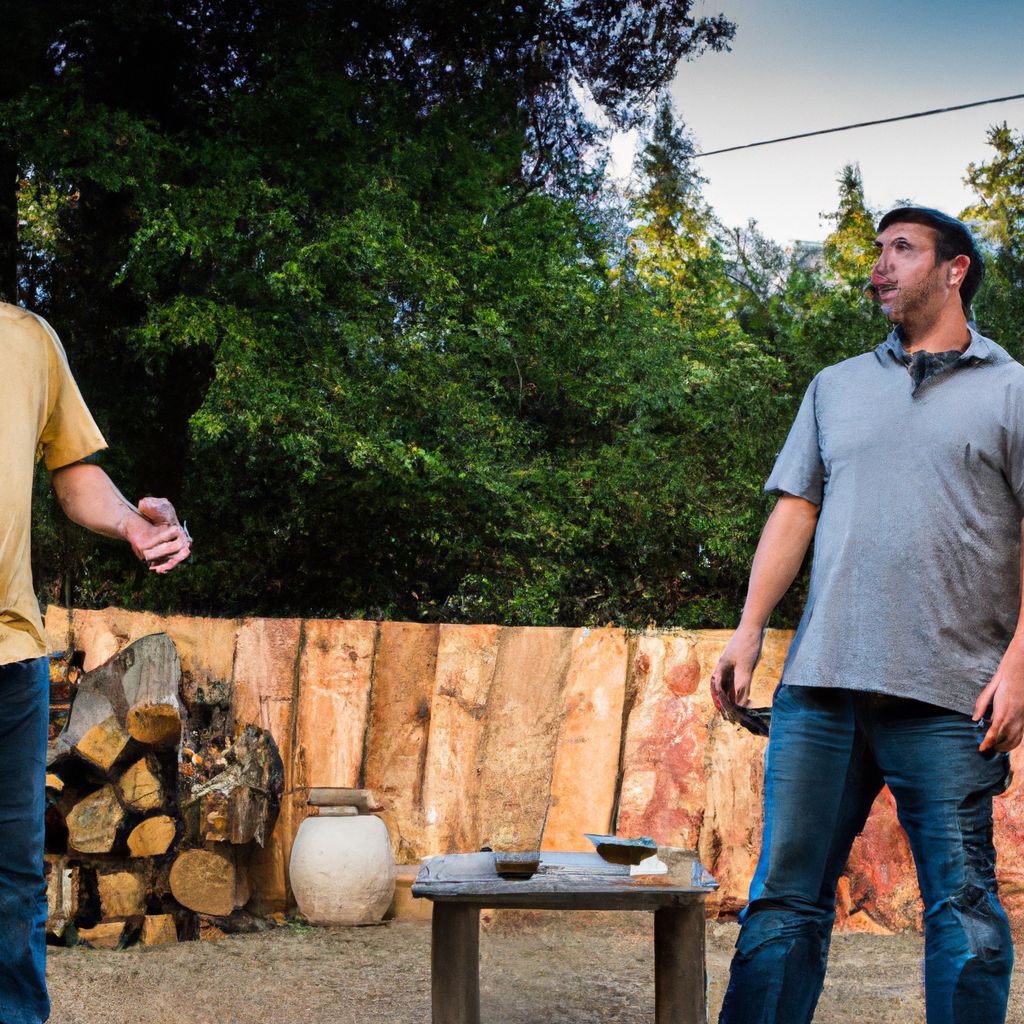
In interviews, top knife throwers often highlight the importance of dedication, practice, and mental focus. They typically follow a disciplined training routine, dedicating time each day to master their throwing technique, improve their accuracy, and build their physical strength.
As one champion knife thrower stated in an interview, "Consistency is key in knife throwing. It's not just about throwing the knife hard, but also about throwing it the same way every time. This requires a lot of practice and mental focus."
When it comes to competitions, many top throwers talk about the adrenaline rush and the thrill of competing against the best. They also highlight the camaraderie and respect among competitors, describing the knife throwing community as a tight-knit group that supports and encourages each other.
Another top knife thrower shared, "Competing in knife throwing competitions is always a thrilling experience. The pressure is high, but so is the satisfaction when you stick a perfect throw. And the best part is the community. We all compete fiercely, but at the end of the day, we're all friends."
For beginners, the advice from top throwers is generally to start with a good set of throwing knives and learn the basics. They recommend finding a local club or mentor to learn from, and practicing regularly to improve.
As one top thrower advised, "Start with a good set of balanced knives and focus on mastering the basic grip and throw. Find a mentor or join a local club if possible. And most importantly, keep practicing. It's a challenging sport, but with perseverance, anyone can master it."
How to Get Involved
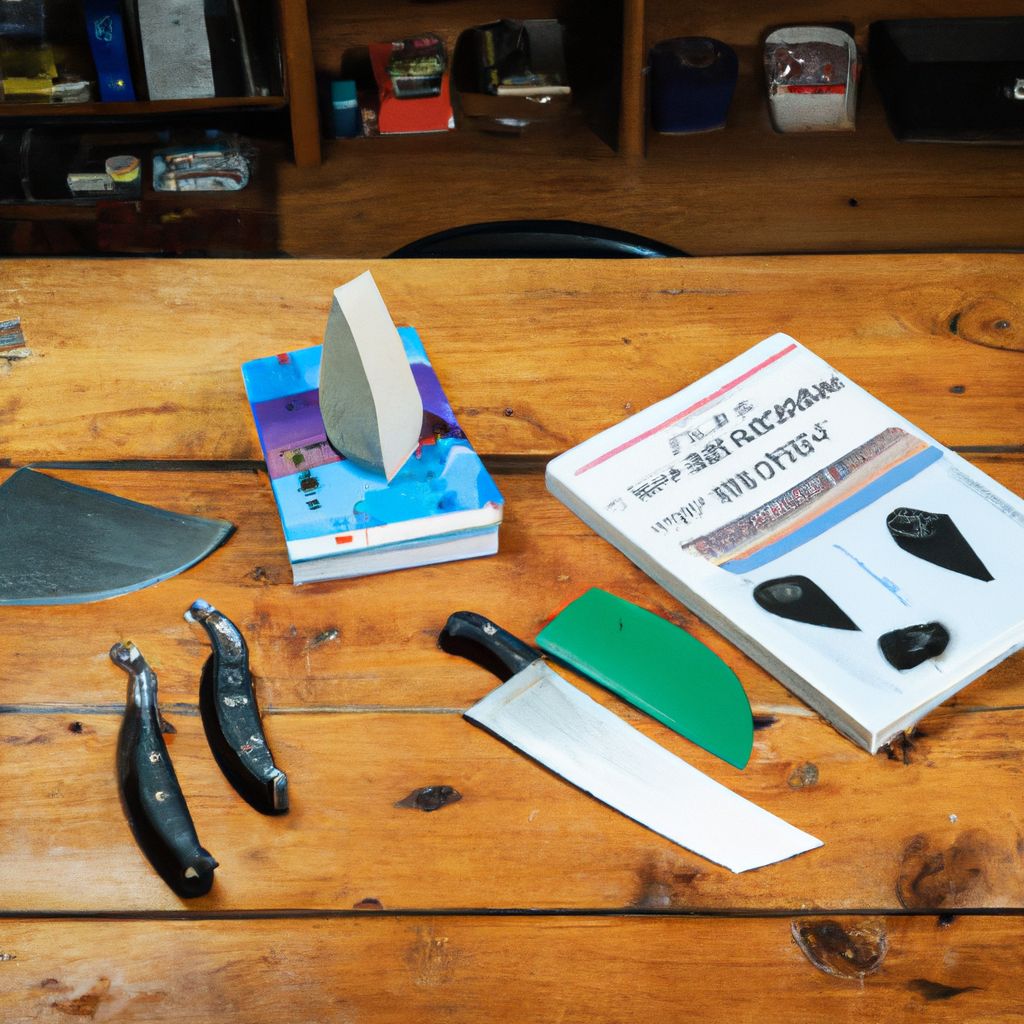
Getting started with knife throwing involves a few key steps. Firstly, it's important to acquire the right equipment. As a beginner, you'll need a set of throwing knives. As previously mentioned, balanced knives are generally recommended for beginners due to their versatility. Knife throwing equipment can be purchased from various online retailers or sports equipment stores. Ensure to buy from reputable sellers to guarantee the quality and safety of the knives.
Next, consider joining a local knife throwing club or association. Many cities have clubs where beginners can learn the ropes under the guidance of experienced throwers. The International Knife Throwers Hall of Fame (IKTHOF) and the European Throwing Club Flying Blades (ETCFB) both have directories of affiliated clubs on their websites. Joining a club not only provides access to training facilities and resources but also introduces you to a community of fellow enthusiasts.
Self-learning is also an option. There are numerous instructional books and online resources available that provide step-by-step guidance on knife throwing techniques. Websites like Throwzini and KnifeThrowing.info offer a wealth of information for beginners, including articles, video tutorials, and forums for discussion.
Lastly, remember to follow all safety guidelines when practicing knife throwing. This includes wearing appropriate protective gear and ensuring that the throwing area is safe and free of obstacles. Whether you're practicing at home or at a club, always prioritize safety to prevent any accidents or injuries.


